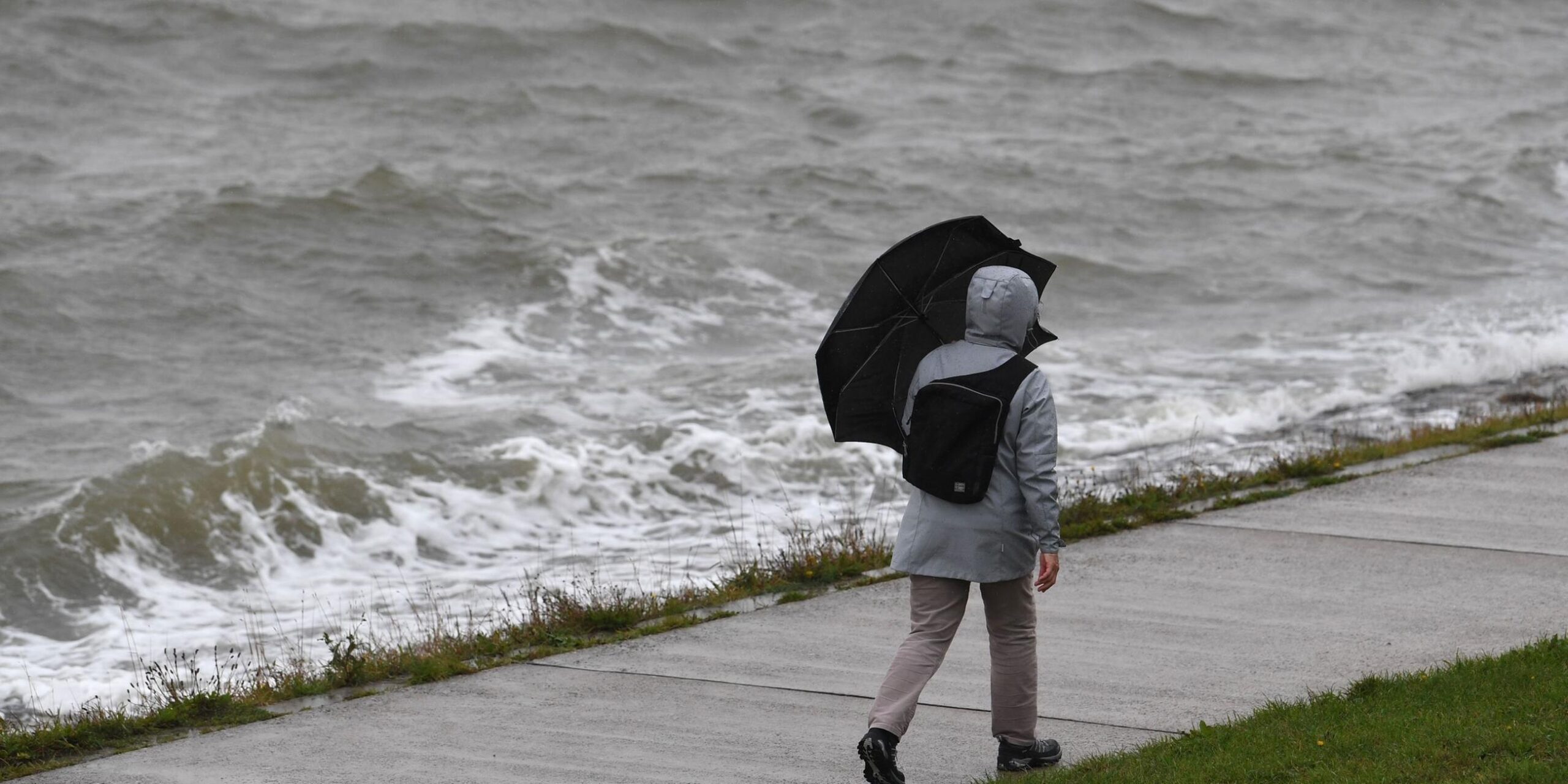Introduction
Have you ever stood beneath a radiant sky only to watch it unravel into pandemonium in a matter of hours? In Europe, such transformations often arrive cloaked as a wetter sturmtief — a tempestuous low-pressure colossus that unleashes roaring winds, unrelenting rainfall, and, at times, snow that drapes the land in white turmoil. To fathom these unruly weather engines is to arm ourselves with foresight and resilience against their havoc.
Defining the wetter sturmtief
A wetter sturmtief — rendered in English as a “storm low” — is a forceful depression born over the Atlantic, marching eastward toward Europe with ferocity. These systems carry with them torrents of precipitation, furious gales, and rapid upheavals in climate. In many ways, they echo the rage of North America’s nor’easters, though their genesis and mechanics differ.
The Science Beneath the Fury
How wetter sturmtief Are Forged
When icy polar currents collide with sultry subtropical flows, atmospheric chaos is sparked. This duel of temperatures breeds cyclonic birth. The more violent the disparity in pressure, the more monstrous the ensuing tempest.
Winds, Pressure, and Invisible Hands
In the Northern Hemisphere, a Sturmtief’s winds coil counterclockwise, tethered by the invisible string of the Coriolis force. Where gradients steepen, gusts accelerate — some gales hurling across landscapes at speeds surpassing 120 km/h, capable of uprooting steel and stone alike.
Sturmtiefs in Contrast to Other Systems
Highs Versus Lows
High-pressure realms cradle serenity — skies unblemished, days tranquil. Sturmtiefs, however, draw in vapor-laden air, igniting turbulent theatrics. Europe’s climate is a perpetual play of these contrasting actors.
Storm Lows Versus Tropical Beasts
Hurricanes feast upon heated oceans, while Sturmtiefs gorge on the friction of clashing atmospheres. Both spiral in cyclonic dance, yet their sustenance, anatomy, and temperament diverge greatly.
When Do They Strike?
Common European Battlegrounds
The brunt of Sturmtiefs is felt in Northern and Western Europe — the UK, Germany, and the Netherlands often bearing the scars of their passage. Their journey begins across the North Atlantic, intensifying as they lunge toward land.
Winter’s Wrath and Summer’s Shadows
Winter births the fiercest Sturmtiefs, as frigid and warm currents wage their sharpest wars. Summer storms exist, but they burn briefly, lacking the brutal stamina of their winter kin.
How They’re Tracked
Eyes in the Sky
Meteorologists wield satellites and Doppler radar like sentinels, scanning for subtle shifts in cloud contours, pressure troughs, and accelerating winds.
Forecasting the Path of Chaos
Models such as ECMWF and GFS sketch the journeys of these goliaths, though their volatile momentum often forces sudden revisions within hours.
The Shadow of Climate Change
Storms Growing More Potent
As seas warm and air masses fatten with heat, the energy fueling these lows swells. Sturmtiefs now arrive heavier with rain, amplifying floods and inundating valleys with ruthless persistence.
Shifting European Weather Routes
Studies reveal that storm tracks creep northward, delivering more frequent batterings to Scandinavia and Britain. The geography of vulnerability is quietly rewriting itself.
Impacts on Human Life
Transport in Shambles
Flights grounded, trains halted, highways strangled by toppled trees — all trademarks of a Sturmtief’s passage.
Ruins and Rising Waters
Roofs stripped bare, coasts swallowed, basements drowning in muddy waters — aftermaths etched into every community’s memory.
Darkness and Disconnection
Power lines fractured by tempest winds plunge thousands into blackouts that may linger for days.
Guidelines for Survival
Before the Onslaught
– Anchor outdoor possessions that might become airborne missiles.
– Stockpile torches, radios, and medical kits.
– Stay vigilant through trusted broadcasts and official alerts.
Amid the Storm
– Resist travel and shelter far from glass or towering trees.
– Retreat indoors, let walls be your shield.
– Never tempt fate by wading through floodwaters.
After the Tempest
– Assess your dwelling with caution.
– Treat every downed power line as a serpent of death.
– Extend aid to neighbors, especially the frail and forgotten.
Legends of Recent Sturmtiefs
Sabine (2020)
A roaring beast that shredded roofs, halted planes, and inflicted millions in ruinous costs across Europe.
Friederike (2018)
A storm of mythic scale, ripping forests from their roots and crippling infrastructure across Germany and the Netherlands.
Economic Reverberations
The Cost of Destruction
Each Sturmtief leaves insurers drowning in claims, spiking premiums for those in storm-battered regions.
Agricultural and Trade Woes
Fields are drowned, harvests lost, transport lines fractured — crippling local markets and delaying continental commerce.
Environmental Footprints
Forests Torn Asunder
Thousands of trees lie slain, hillsides eroded, ecosystems unraveled in the wake of such storms.
Wildlife Displaced
Birds stripped of nesting grounds, mammals forced into perilous migrations — the natural order staggered and reshaped.
The Human Story: Rising from Ruins
Communities rally, hammers and hands working in unison, weaving resilience from tragedy. Sturmtiefs are nature’s brutal sermons — yet they unveil humanity’s uncanny talent for endurance, adaptation, and rebirth.
Staying Informed
Cling to updates from the DWD in Germany, the Met Office in the UK, or MeteoFrance. Sign up for mobile alerts and trust only official voices when the sky grows restless.
Conclusion
Sturmtiefs are both awe-striking spectacles and merciless adversaries. To comprehend their birth, track their course, and respect their power is to shield oneself from their blows. In an era of shifting climates, preparedness is not a choice but a necessity.
FAQs
- What ignites a Sturmtief?
It emerges when cold and warm air masses clash, birthing a depression swirling with winds and rain. - How frequent are they in Europe?
Several erupt each year, most often from late autumn through early spring. - Can they rival hurricanes?
Though capable of hurricane-force gusts, their energy and framework differ fundamentally. - What is their lifespan?
Generally, between half a day and three days, contingent upon their magnitude. - What should one do if warned?
Remain indoors, heed official bulletins, and secure possessions that could be swept into chaos.




One thought on “Wetter Sturmtief: Understanding Storm Lows’ Power and Impact”